|
|||||||
| Sponsored Links (Register now to hide all advertisements) |
|
|
 |

|
Thread Tools | Display Modes |
|
|
#1 |
|
Member
Join Date: May 2016
Location: Spain
Posts: 58
|
|
|
|

|
|
|
#2 |
|
Senior Member
Join Date: May 2010
Location: Coral Springs FL
Posts: 11,606
|
Perhaps I am missing something as I don't understand how your ventilation works.
Wouldn't the OEM system work the same way? |
|
|

|
| Sponsored Links (Register now to hide all advertisements) |
|
|
|
|
#3 |
|
Senior Member
Join Date: Mar 2017
Posts: 201
|
I know just enough about air filters to be rated "challenged", but on most vintage military vehicles, the air filter is mounted away from the engine and uses a series of hoses and cross over tubes to connect to an air horn on the carberator. This not allows for snorkle and fording systems to operate, but provides a source of oil bath fresh air to the carb that is away from engine heat. Just FYI. Every vintage civilian car I've ever worked on has it mounted directly over the carb, so go figure. And, of course, the Model T had absolutely nothing to filter air unless it was after market.
|
|
|

|
|
|
#4 | |
|
Senior Member
Join Date: Dec 2013
Location: Minnesota, Florida Keys
Posts: 11,639
|
Quote:
I sorta glossed over this at first, but after reading the last couple of posts, I took a closer look. From what I can see (it's not exactly clear from the pictures), it appears the O/P has reversed the flow of air through the engine so it functions like the earlier engines rather than the improved 8BA method. If this is the case, I am surprised it works as well as he says. It is contrary to the basic design of the 8BA engine. I sure wouldn't recommend it over a properly installed PCV system (or the original system, for that matter). |
|
|
|

|
|
|
#5 |
|
Senior Member
Join Date: May 2010
Location: Star, MS
Posts: 4,120
|
Maybe the OP can clarify. There are 8BA heads/intake on an engine with what appears to be a front mounted distributor. Is this an earlier block?
|
|
|

|
|
|
#6 |
|
Senior Member
Join Date: Dec 2013
Location: Minnesota, Florida Keys
Posts: 11,639
|
Sponsored Links (Register now to hide all advertisements)
|
|
|

|
|
|
#7 |
|
Senior Member
Join Date: Mar 2017
Posts: 201
|
Never mind. Is this what I would call crankcase ventilation?
|
|
|

|
|
|
#8 |
|
Senior Member
Join Date: Jul 2011
Location: SF Bay Area
Posts: 7,287
|
I donít think you could call it a crankcase ventilation system, as both vent tubes emanate from the valve chamber. I believe it could be more effective if you run a tube from the rear vent directly into the carb air cleaner.
__________________
Alan |
|
|

|
|
|
#9 |
|
Senior Member
Join Date: Mar 2017
Posts: 201
|
The WWII jeeps did not have a pcv system per se, just draft tubes coming off the side of the block. The next series of Willys jeeps had a PCV valve that ran between a metal cross over tube that provided fresh air to the carb from the air filter and was connected to the oil filler tube. This PCV valve was controlled by a cable that fed into the tub dash. And, when in the closed position would use the pressure from the engine block to help keep water out of the seals and gaskets. Then opened up again when not under water. If the driver left the system closed, it created problems so the military went to wiring up the valve and mking the driver undo the wire prior to fording. Now you know more than you wanted.
|
|
|

|
|
|
#10 |
|
Senior Member
Join Date: May 2010
Posts: 2,914
|
A Neg pressure in the block is the idea ? right? No more leaks. Newc
|
|
|

|
|
|
#11 |
|
Senior Member
Join Date: Feb 2022
Posts: 460
|
I plan to use a Stelling breather on the oilpan on mt 41 Merc block but it could be a tube up aswell. That must reduce pressuare.
|
|
|

|
|
|
#12 |
|
Senior Member
Join Date: Dec 2013
Location: Minnesota, Florida Keys
Posts: 11,639
|
It's becoming apparent to me that there are a lot of folks out there that don't understand the ventilation systems used on flathead Fords.
|
|
|

|
|
|
#13 |
|
Senior Member
Join Date: May 2010
Location: Granger (Northern) Indiana
Posts: 1,586
|
|
|
|

|
|
|
#14 |
|
Senior Member
Join Date: Feb 2022
Posts: 460
|
Tubman,
On the 59 blocks its no really a crankcase ventilation, it's a hole in oilpan and then its the oilfiller cap. The idea to use a vintage breather to oilpan was some pictures I seen people used it in the past. I had a topics on it before here but was told only it leaks - no good. I guess the idea was get a pressuare out of the case. I know the 8AB had a updated system. On my stocker 426 Hemi I has K&N breathers on the valvecovers. I made parts( impeller ) to a dry sump system they use in Nascar and that help crankcase build up vacum and that gain HP, but thats another story. Look at the air oil separator. Little overcourse for a FH I guess.. https://www.autoverdi.com/pump-design |
|
|

|
|
|
#15 |
|
Senior Member
Join Date: May 2010
Location: Granger (Northern) Indiana
Posts: 1,586
|
3WHank,
The 59A blocks utilize the same crankcase ventilation that started in '35. The later 8BA system was an upgrade because of engine design changes. Below are pictures of early and late crankcase ventilation that have been posted many times. Air has to move to create proper crankcase ventilation, not just simply adding vents. Installing a pcv ensures air flow both while the vehicle is moving or stationary. |
|
|

|
|
|
#16 |
|
Senior Member
Join Date: Sep 2014
Location: Mid-Coast Maine
Posts: 2,815
|
http://www.reds-headers.com/html/red...e_talk_19.html
Crankcase Ventilation Nov/Dec 2003 I still get questions on this. Here you go again. Our 32-34 Ford V-8's had crankcases that were vented only. In 1935-53 they were ventilated. What is the difference? Why did Ford change that? What can we do with the 32-34 engines to improve their lack of ventilation? Crankcases are vented because of the pressure build up in them due to blow by and heat. An engine that is not vented may distort or burst the oil pan, or perhaps other parts, enough to ruin them. At best, it would cause lots of oil to leak past gaskets and seals. The problem with a crankcase that is vented only is that the combustion products that get past the rings include water and acid vapors. These condense into the oil and onto metal surfaces in the engine. The vented only crankcases have no way to purge these corrosive products from the oil. Bearing materials and aluminum pistons are easily damaged by these chemicals. The engine block and pan were revised in 1935 to provide ventilation, including a road draft tube. It was built into the right front of the pan. This connected to a passage in the block that opened to the top front of the valve chamber. The flow of air past the slot in the rear of this pan projection, caused by the speed of the vehicle, creates a slight vacuum. This mild vacuum creates a flow of air through the filtered oil fill cap, down into the crankcase, then up through the valley and out the road draft tube. When the engine and oil are at operating temperature, this air flow purges the water and acid vapors, as well as some oil vapors, from the inside of the engine. On 1949-53 engines, the arrangement was a bit different, but the result is similar. The road draft passage to the front of the valley is external with an internal passage pulling vapors out of the crankcase. The breather allows filtered air in at the front of the valley to complete the cycle. The late system (1949-53) is probably a little better because it separates the vapors from fluid oil better. This gives less oil drippage from the road draft tube. To add some ventilation to the vented 32-34, consider a hidden PCV valve. It can be plumbed into the bottom front of the intake manifold, drawing from the front of the tappet chamber. This is not as good as the later setups, but burning these vapors is better than breathing them. If you are using 1949 and later engines in your earlier cars, consider using all of the late components. This will preserve the factory ventilation scheme. If you use a later intake manifold on an early engine, or vice versa, crankcase ventilation does not work correctly. You could at least partially remedy this with a PCV system. To recap, crankcase venting keeps your pan from blowing up. Crankcase ventilation keeps your oil cleaner and helps your engine last longer. This illustration shows a 1939-48 engine with the road draft tube and passage in the pan, as well as the oil fill/vent tube.
__________________
Archives of historical but relevant older articles: ------------- Hover mouse over the links below and click! ~~~~~~~~~~~~~~~~~--------------- Rumble Seat's Notes Techno-Source-for-the-1932-thru-1953-Flathead-Ford |
|
|

|
|
|
#17 |
|
Senior Member
Join Date: Feb 2022
Posts: 460
|
I has the breather from Stelling I seen was used in the past on the oilpan side, for now most a cool idea.
The oilpan is a truck oil pan splitted rear but the open hole in the pan in front. So either stay std or otherwise how to out the PVC valve. ( Multi x4 carb intake ) |
|
|

|
 |
«
Previous Thread
|
Next Thread
»
|
|
| Sponsored Links (Register now to hide all advertisements) |
|
|
All times are GMT -5. The time now is 04:05 PM.


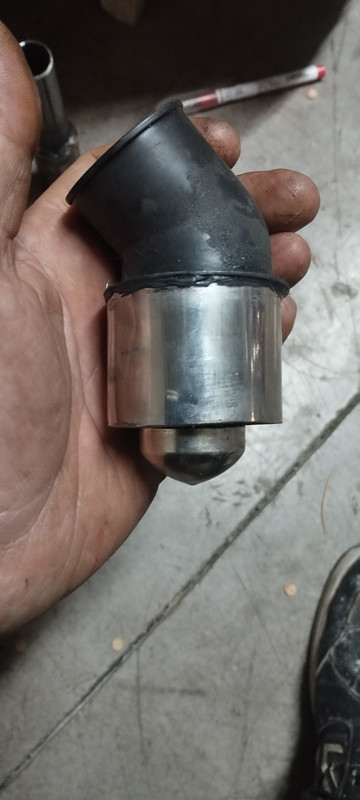
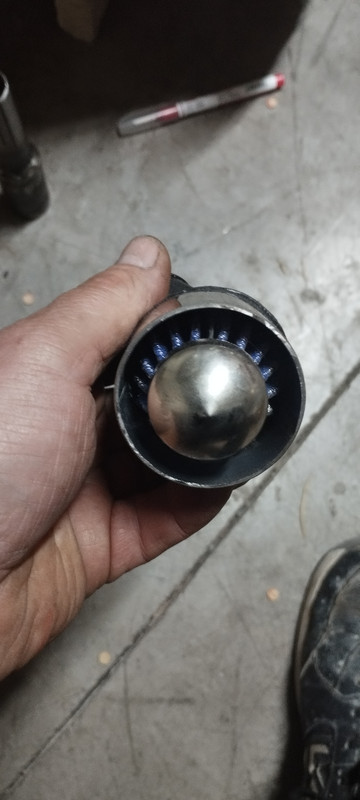
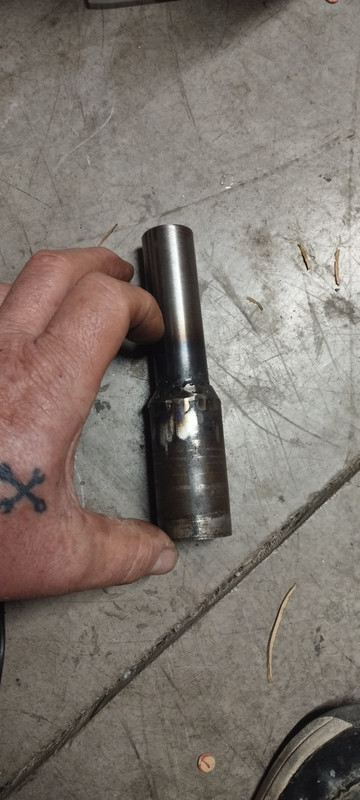

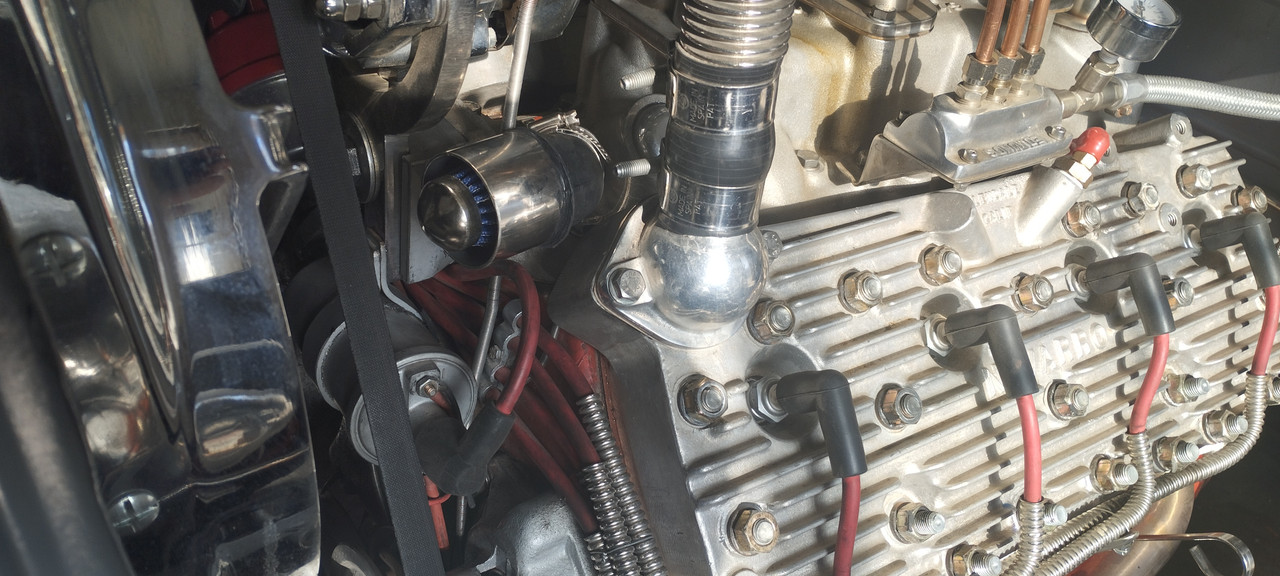
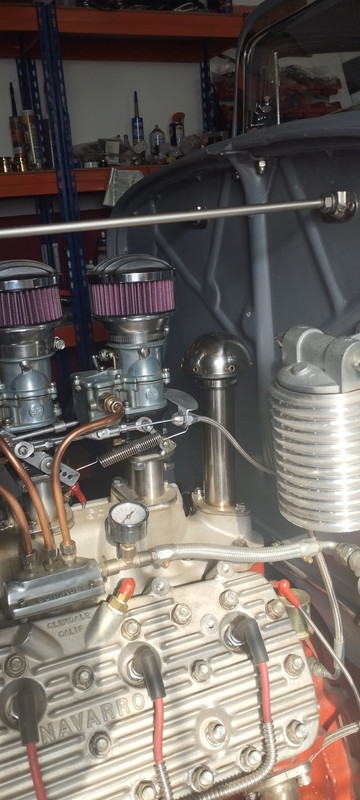









 Linear Mode
Linear Mode

